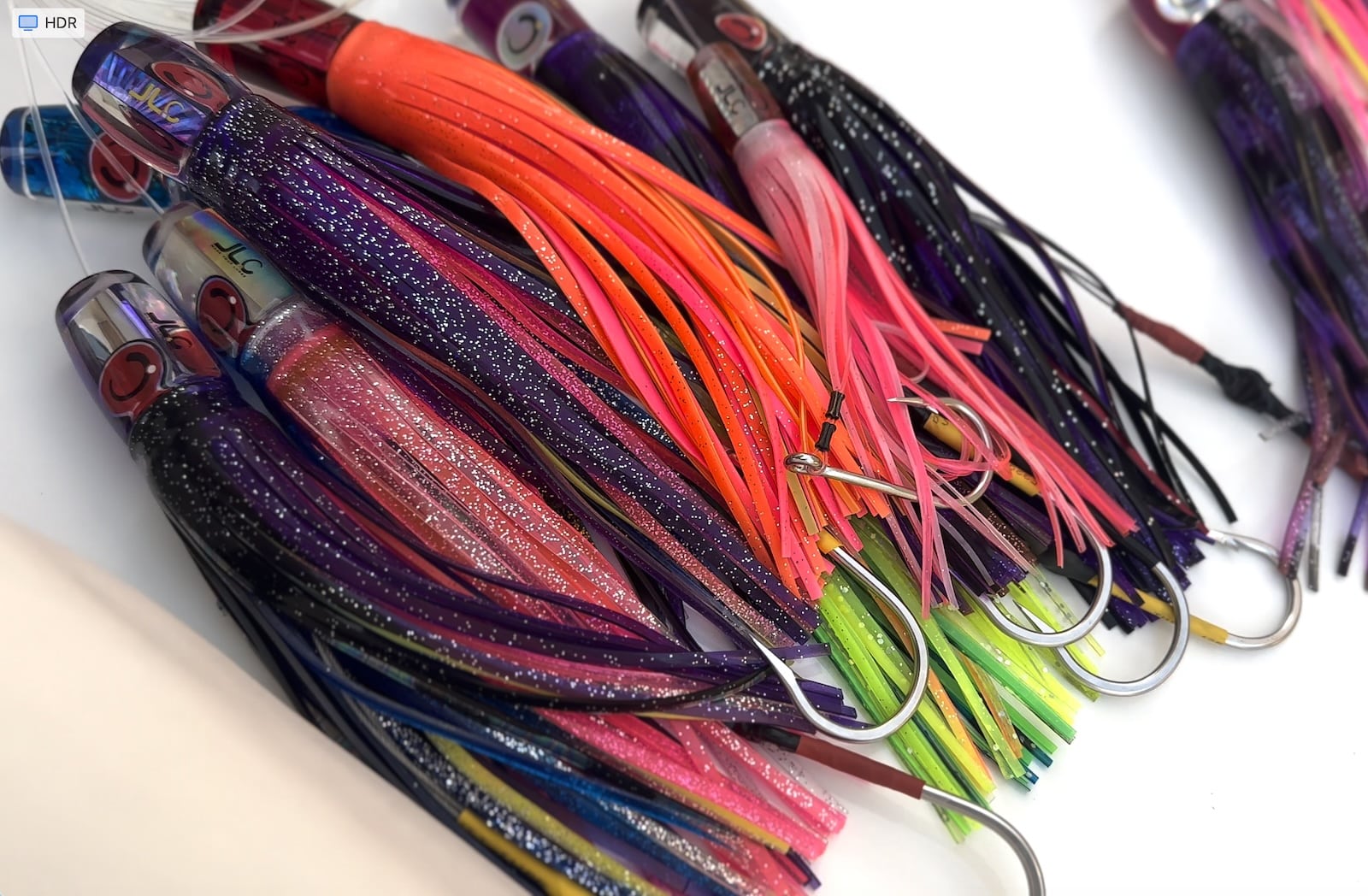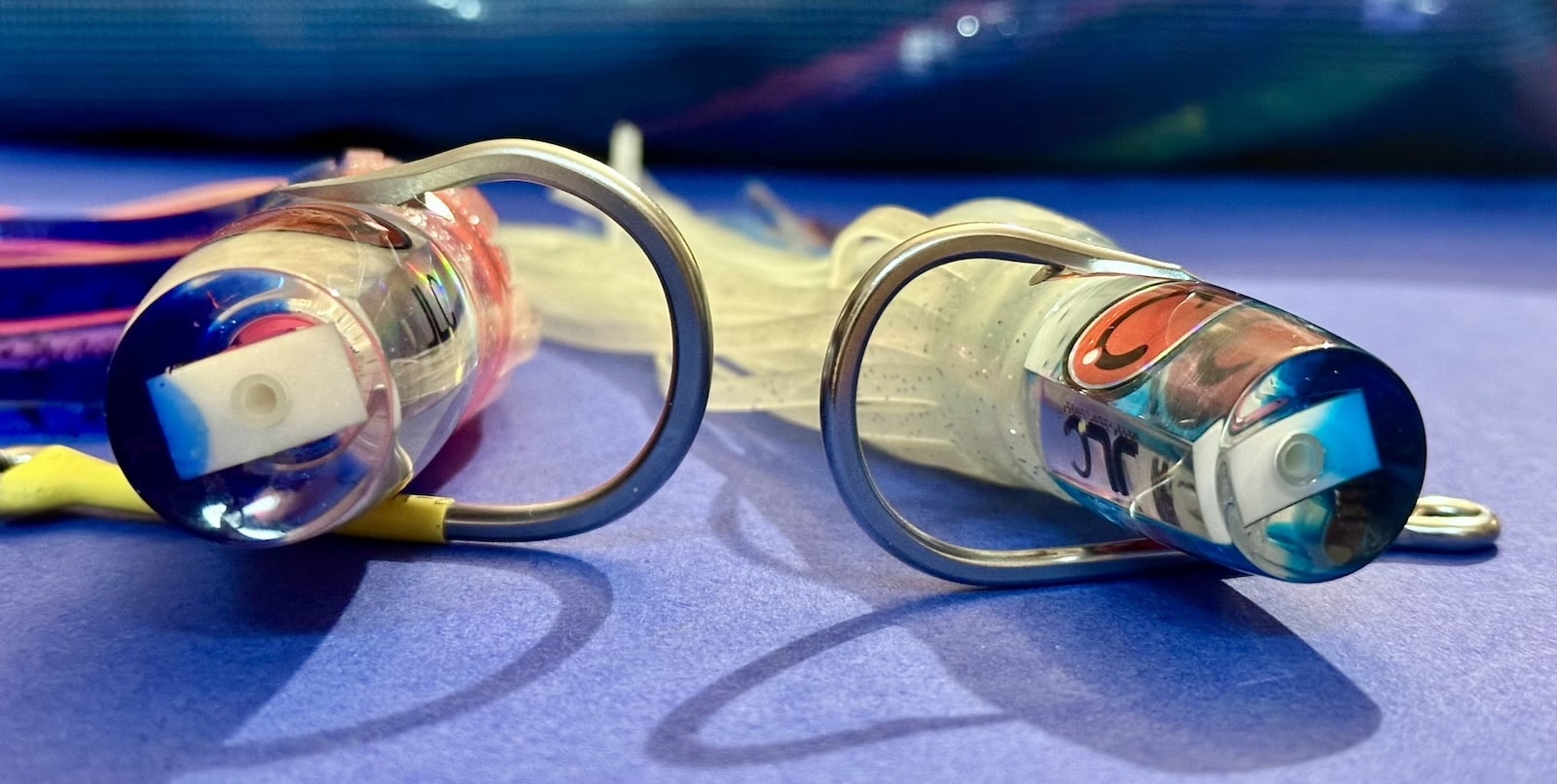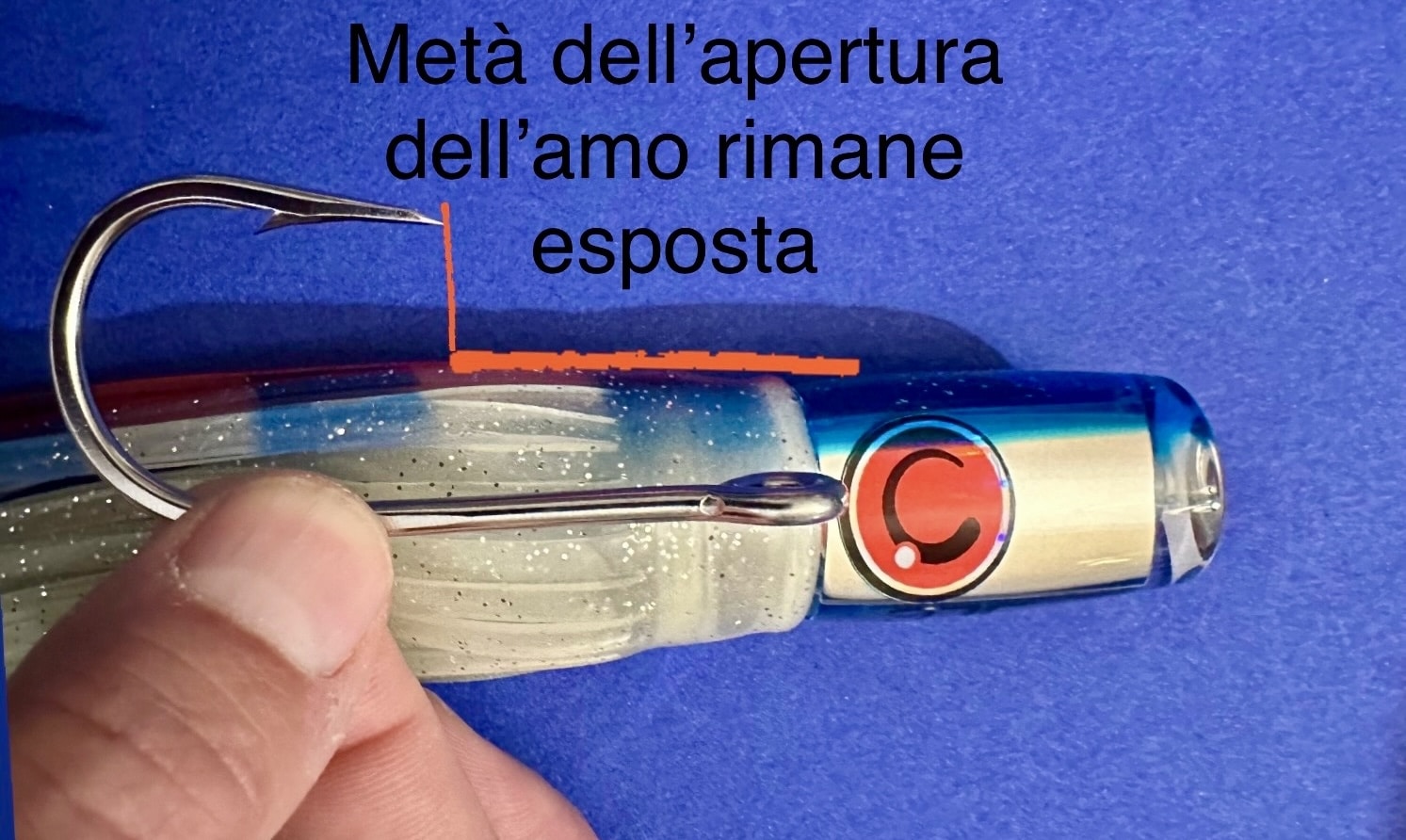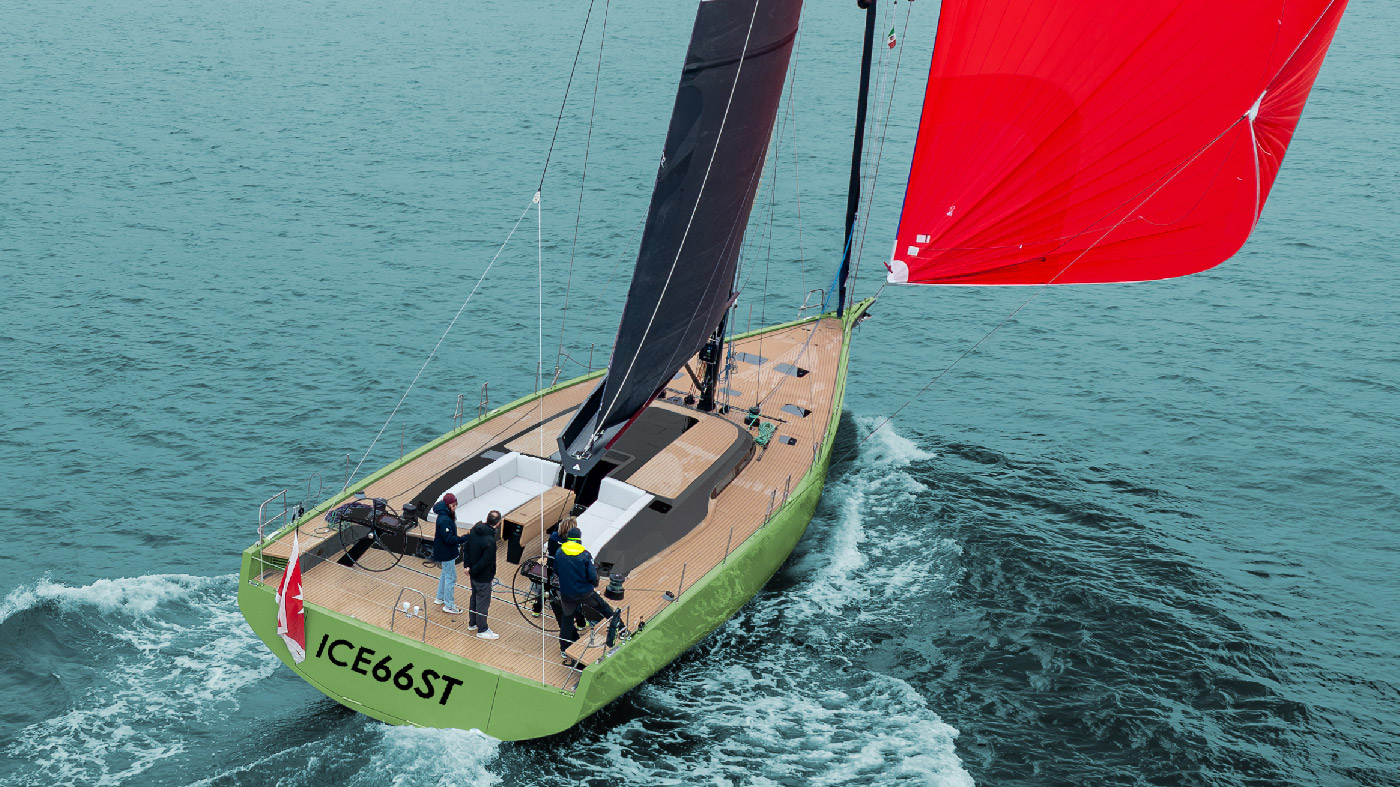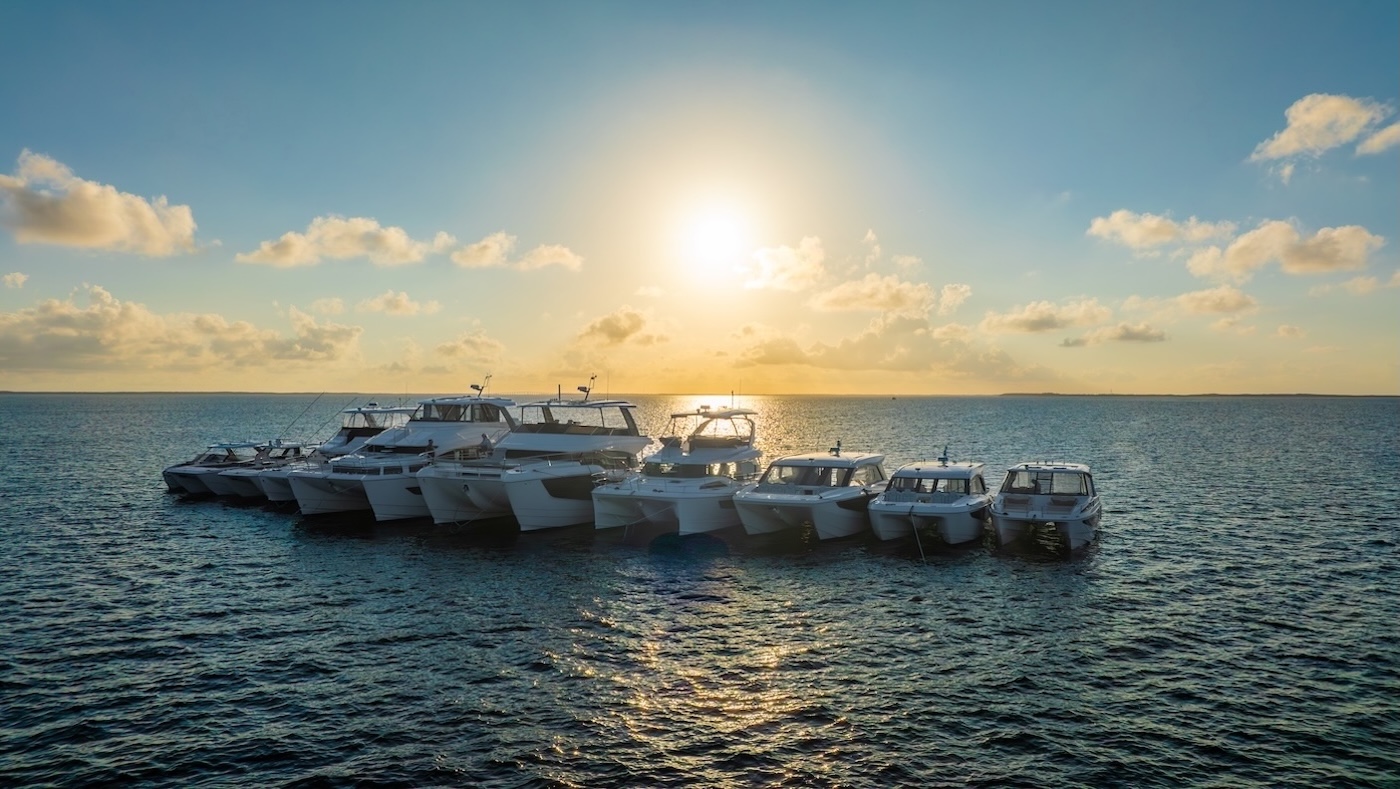Guide to offshore trolling: tricks, and tips for everyone, beginners and experts alike
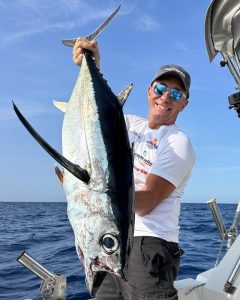 There are only a few things in the world that give such a rush of adrenaline as seeing a fish just below the water’s surface, dorsal fin out, accelerating towards your bait being trolled on the surface. Then comes the strike, and the excitement you feel is such that you want to keep experiencing it, every time you go out, turning into a true addiction over time.
There are only a few things in the world that give such a rush of adrenaline as seeing a fish just below the water’s surface, dorsal fin out, accelerating towards your bait being trolled on the surface. Then comes the strike, and the excitement you feel is such that you want to keep experiencing it, every time you go out, turning into a true addiction over time.
It’s well known that trolling with artificial baits at high sea is a deadly weapon for catching the largest predators of the sea, from tunas to billfish, like our beloved sailfish, as well as the great oceanic marlins.
However, offshore trolling should not be confused with other types of trolling, often done at low speeds, sometimes very low, where the angler often tries to keep the baits far away from the boat, thinking (sometimes erroneously) that this disturbs the feeding activity of the predators.
In offshore trolling, it’s actually the opposite; it’s necessary to abandon the idea that the baits should be as far away from the boat and its wake as possible. When it comes to big game and offshore trolling, the boat and its wake are actually part of the system, and the secret lies in learning how to use all of this to your advantage.
Offshore Trolling: Speed
When using surface lures for offshore trolling, commonly referred to in English as skirted lures (referring to the rubber octopus skirts attached to the head), the biggest difference lies in the speed at which they are trolled.
Offshore, these lures are effectively trolled at speeds ranging from a minimum of 6 knots, mostly between 6.5 and 8.5 knots, and up to situations where speeds reach 10 knots and beyond. Their vibrations, their wake, and the white water produced by the boat are components that combine to form an effective mobile lure for attracting large predators.
How far to position the bait, the strike zone
Many anglers, due to their previous experience with trolling, such as live bait trolling, tend to let out their baits well beyond the boat’s compression waves, fearing that the turbulence from the engines, the noise, and the boat’s own waves might scare the fish. However, in this form of fishing, it’s not the case.
The action is concentrated in the area between the stern and the end of the wake (created by the boat and the turbulence of the propellers) or just after, in the area commonly referred to as the Strike Zone. And it’s precisely within the strike zone that you should deploy your baits.
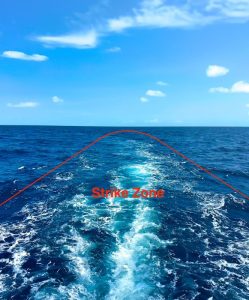
But it’s never worth letting out baits excessively far, as the likelihood of getting a solid strike on a fish is much higher with a line deployed at a closer distance, thanks to the lesser elasticity of the line and the reduced belly created by the line due to wind. Furthermore, as fish approach the boat, they become more aggressive and therefore strike the baits more violently, resulting in better hook sets.
You might wonder why fish get so close to the turbulence and wake of the boat, and the reasons can be varied: the turbulence itself may resemble a school of small forage fish frothing and splashing on the surface in a feeding frenzy amidst a baitfish shoal, or perhaps predators know from experience that the noise of the engine could mean the passage of a fishing vessel dumping fish scraps into the water, thus an easy meal; or maybe the motor’s wake attracts small predators like bonitos and mackerels, which hunt in the white waters to feed or camouflage, and this, in turn, can attract larger predators that prey on them.
In short, regardless of what we imagine the boat’s wake represents for large pelagic fish, in reality, our boat doesn’t frighten these predators in any way.
In fact, as experienced fishermen know, the larger target fish are even more daring; they have no fear and approach the stern almost as if they wanted to touch it.
Offshore trolling: hook size
Before understanding how to properly choose our offshore trolling setup (whether fishing on a large fisherman with twin diesel engines, on a boat with a single outboard engine, or even trolling from a sailboat during a cruise), we need to discuss a fundamental point: how large should the hook be with which to arm our bait.
The minimum size of the hook to be used for boat fishing is determined by the size of the bait’s head. The opening of the hook must be able to encompass the bait’s head, whether it’s a resin head, a soft head, or a metal head.
This fundamental concept is based on the expectation that at least half of the hook’s opening is free from the shadow cast by the bait’s head during trolling, ensuring that at least half of the hook’s gape can penetrate deeply into the fish’s jaw, thus ensuring a stronger hook set.
However, we must also find the right compromises in this case because the smaller the hook, the less it disrupts the action of the bait. So if we exaggerate with the size of the hook, strikes may decrease. Therefore, we can overcome this by using hooks with a smaller diameter, hence lighter, such as the 7691SS or the 7732SS models, which make it possible to use larger hooks, as required by the baits, without affecting the action of the baits too much.
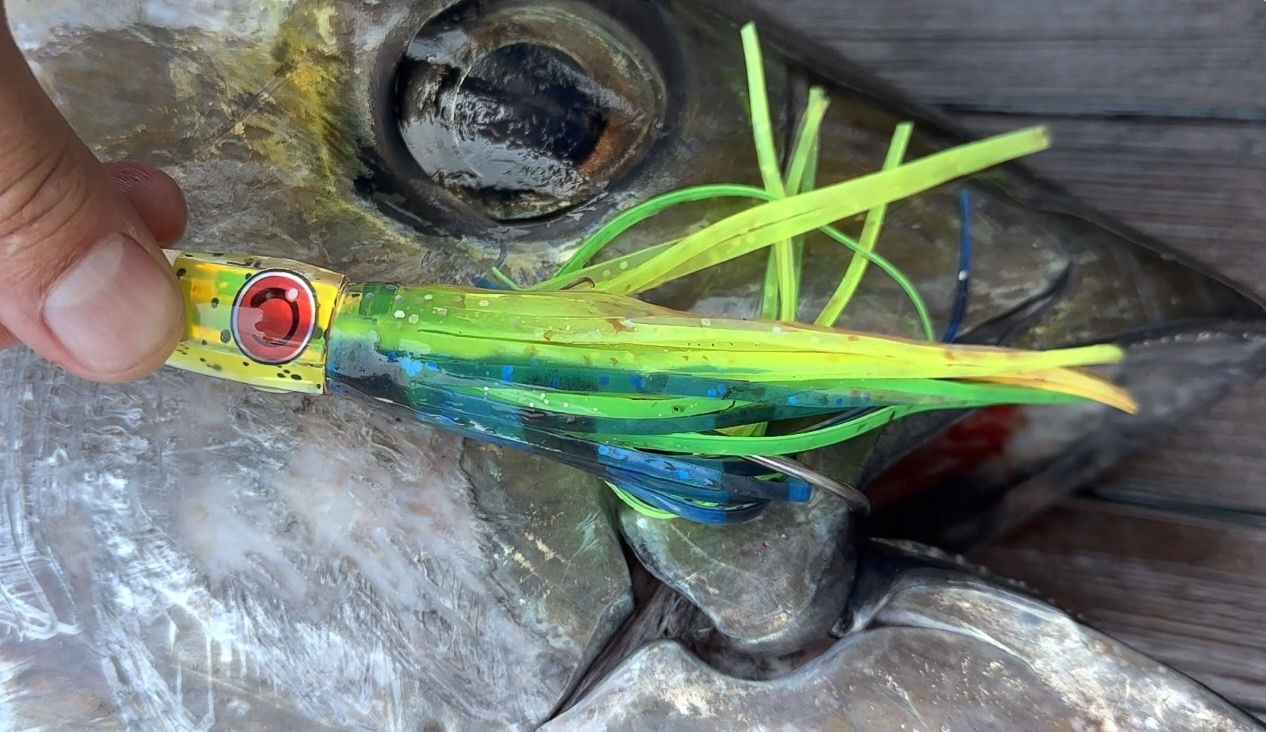
Unfortunately, sometimes slightly disproportionate sizes are necessary for small baits we want to use in offshore trolling because they could still be attacked by very large fish. The large sizes of the hook are often a necessary choice to bypass the large jawbones of the fish and thus achieve secure hook sets.
